Introduction
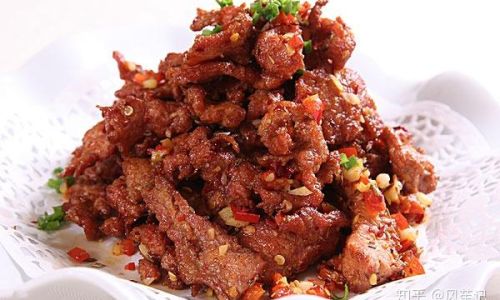
In the vast culinary landscape of global gastronomy, dry-fried dishes occupy a unique niche, blending the crispiness of fried foods with the deep, savory flavors of slow-cooked or marinated meats. Among these, dry-fried beef stands out as a particular delight, offering a mouthwatering combination of tender, juicy beef pieces coated in a golden, crunchy crust. Whether enjoyed as a standalone appetizer, part of a hearty meal, or incorporated into various fusion dishes, dry-fried beef is a versatile and beloved culinary gem.
This comprehensive guide aims to empower home cooks and culinary enthusiasts with the knowledge and skills necessary to master the art of dry-fried beef. From selecting the perfect cut of meat to mastering the frying technique, we’ll cover every step in detail, ensuring that your final dish is nothing short of extraordinary.
Chapter 1: Understanding Dry-Fried Beef
1 Definition and Origins
Dry-fried beef, also known as stir-fried beef without sauce or dry-cooked beef, is a cooking technique where thin slices of beef are rapidly stir-fried over high heat until they develop a crispy exterior while remaining tender and juicy inside. This method originated in Chinese cuisine, particularly in Sichuan province, where it is known as “gan-bao-niu-rou” (干煸牛肉). However, variations of this technique have spread across Asia and beyond, each with its unique twists and flavors.
2 Key Characteristics
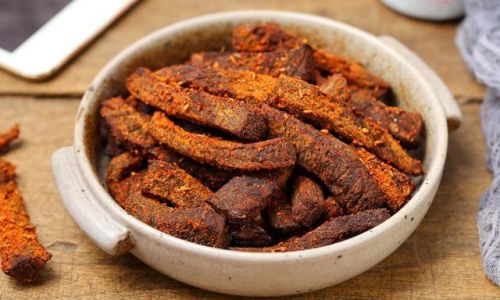
The hallmarks of a well-executed dry-fried beef dish are its crispy exterior, tender interior, and the absence of a thick, saucy gravy. Instead, the beef pieces are coated in a light seasoning that enhances their natural flavors. The cooking process involves minimal oil, relying on the high heat to sear and caramelize the meat, creating a delicious, slightly charred taste.
Chapter 2: Selecting the Right Beef Cut
1 Types of Beef Cuts
Choosing the right beef cut is crucial for achieving the perfect texture in dry-fried beef. The best cuts are those that are lean yet tender, capable of holding their shape during high-heat cooking without becoming overly chewy or drying out. Popular choices include:
- Sirloin: Known for its balance of tenderness and flavor, sirloin is a versatile cut suitable for dry-frying.
- Ribeye: While often reserved for grilling or roasting due to its high price and tenderness, ribeye can also be used for dry-fried beef if sliced thinly.
- Top Round: Leaner and more affordable, top round requires careful cooking to avoid dryness but can yield excellent results when prepared correctly.
- Flank Steak: This tough but flavorful cut becomes tender when thinly sliced and cooked quickly over high heat.
2 Preparation Tips
- Trimming Fat: Remove excess fat from the beef to prevent it from burning and making the dish greasy.
- Slicing Technique: For even cooking, slice the beef against the grain into thin strips or small cubes. This ensures that the meat cooks quickly and evenly.
- Marinating: While not strictly necessary, a brief marinade in soy sauce, rice vinegar, and a touch of sugar can enhance the beef’s flavor and tenderize it slightly.
Chapter 3: Seasoning and Marinades

1 Basic Seasoning
The beauty of dry-fried beef lies in its simplicity. Basic seasoning often includes:
- Salt: To enhance the beef’s natural flavors.
- White Pepper: For a subtle heat and aromatic touch.
- Sesame Oil: Adds a nutty, fragrant flavor.
- Garlic and Ginger: Minced garlic and ginger provide a fresh, aromatic base.
2 Optional Marinades and Flavorings
For those who prefer a more complex flavor profile, consider incorporating:
- Oyster Sauce: Adds a savory, umami-rich depth.
- Shaoxing Wine: A Chinese rice wine that enhances flavors and tenderizes meat.
- Dark Soy Sauce: Adds a hint of sweetness and a deeper color.
- Five-Spice Powder: For a unique, aromatic twist.
Chapter 4: The Cooking Process
1 Preparing the Pan and Oil
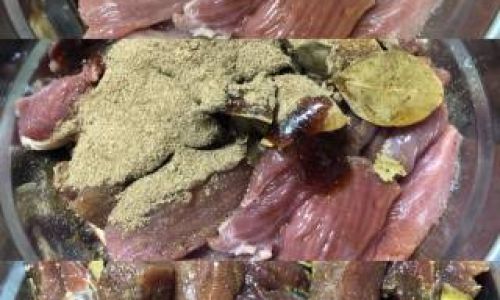
- Choosing the Pan: A heavy-bottomed skillet or wok is ideal for dry-frying beef, as it retains heat well and distributes it evenly.
- Heating the Pan: Preheat the pan over medium-high to high heat until it’s very hot. This ensures that the beef sears immediately upon contact, locking in juices and creating a crispy exterior.
- Adding Oil: Use just enough oil to coat the bottom of the pan. Too much oil will result in steaming rather than frying.
2 Cooking the Beef
- Adding Aromatics: Begin by adding minced garlic and ginger to the hot oil. Stir-fry until fragrant (about 30 seconds).
- Adding Beef: Spread the sliced beef in a single layer in the pan, avoiding overcrowding. Allow it to sear undisturbed for a minute or two on one side before stirring. This helps form a nice crust.
- Stir-Frying: Continuously stir-fry the beef until it’s evenly browned and cooked to your liking. This usually takes 3-5 minutes depending on the thickness of the slices.
- Adjusting Heat: If the beef is browning too quickly, reduce the heat slightly to prevent burning. Conversely, if it’s not browning enough, increase the heat.
3 Finishing Touches
- Adding Vegetables: For a balanced dish, you can add vegetables like bell peppers, onions, or scallions in the final minute of cooking. These will add color, texture, and additional nutrients.
- Seasoning: Taste and adjust seasoning with salt, pepper, and any additional flavorings like soy sauce or sesame oil.
- Serving: Transfer the dry-fried beef to a serving dish and garnish with chopped green onions, sesame seeds, or chopped cilantro for a fresh, colorful finish.
Chapter 5: Troubleshooting and Tips
1 Common Issues and Solutions
- Overcooked Beef: If the beef becomes too dry or chewy, reduce the cooking time and ensure the pan is hot enough before adding the beef.
- Greasy Dish: This often happens when too much oil is used. Use just enough to coat the bottom of the pan and ensure the beef isn’t overcrowded.
- Uneven Cooking: Stir-fry in batches if necessary to ensure each piece of beef has enough space to sear properly.
2 Expert Tips
- Resting the Beef: After slicing, let the beef rest for a few minutes at room temperature. This helps the juices redistribute, ensuring a juicier final dish.
- High Heat: Maintaining a high heat is crucial for achieving the desired crispy exterior.
- Don’t Over-Stir: Allow the beef to sear on one side before stirring to prevent it from steaming and becoming soggy.
Chapter 6: Serving and Enjoying Dry-Fried Beef

1 Pairing and Serving Suggestions
Dry-fried beef pairs wonderfully with a variety of dishes and can be enjoyed in multiple ways:
- As an Appetizer: Serve it with steamed rice or pickled vegetables for a light, refreshing start to a meal.
- Main Course: Pair it with stir-fried vegetables, noodles, or a simple salad for a balanced, satisfying meal.
- Fusion Dishes: Incorporate it into wraps, tacos, or even pasta dishes for a unique twist on traditional recipes.
2 Storing and Reheating
- Storage: Leftovers can be stored in an airtight container in the refrigerator for up to 3 days.
- Reheating: For best results, reheat in a single layer on a baking sheet in a preheated oven at 350°F (175°C) until warmed through, or stir-fry briefly in a hot pan with a splash of oil.
Conclusion
Mastering the art of dry-fried beef is a rewarding culinary journey that combines precision, patience, and a love for flavor. By following the steps outlined in this guide, you’ll be able to create a dish that balances crispy exterior with tender, juicy interior, all while infusing it with layers of aromatic, savory flavors. Whether you’re a seasoned chef or a home cook eager to impress, dry-fried beef offers a delightful challenge and an even more delightful reward. Happy cooking!
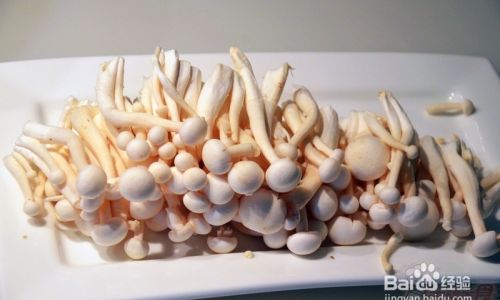


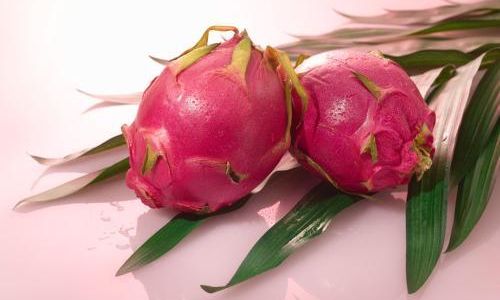
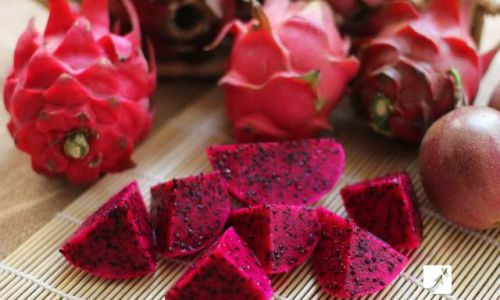

0 comments